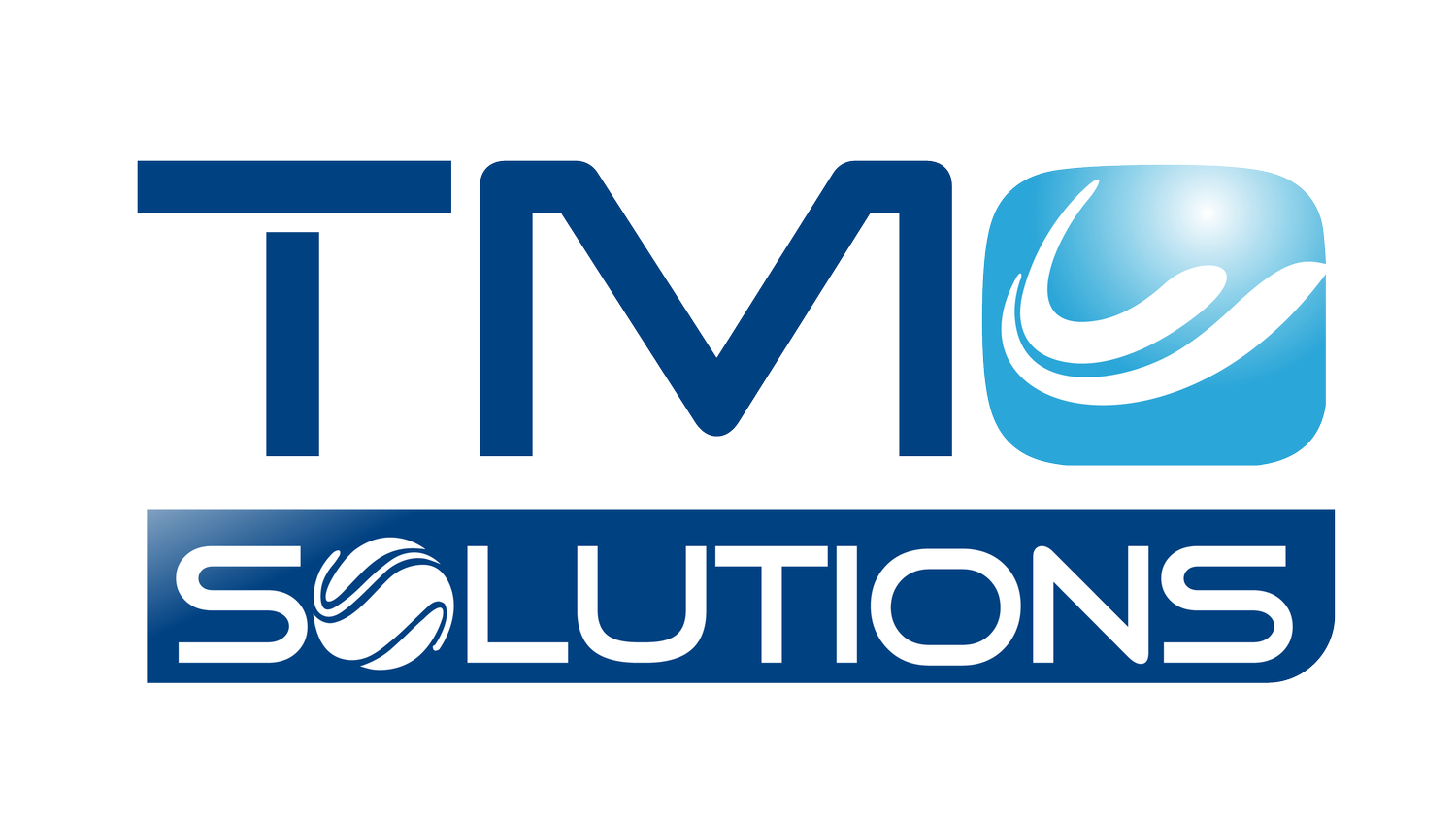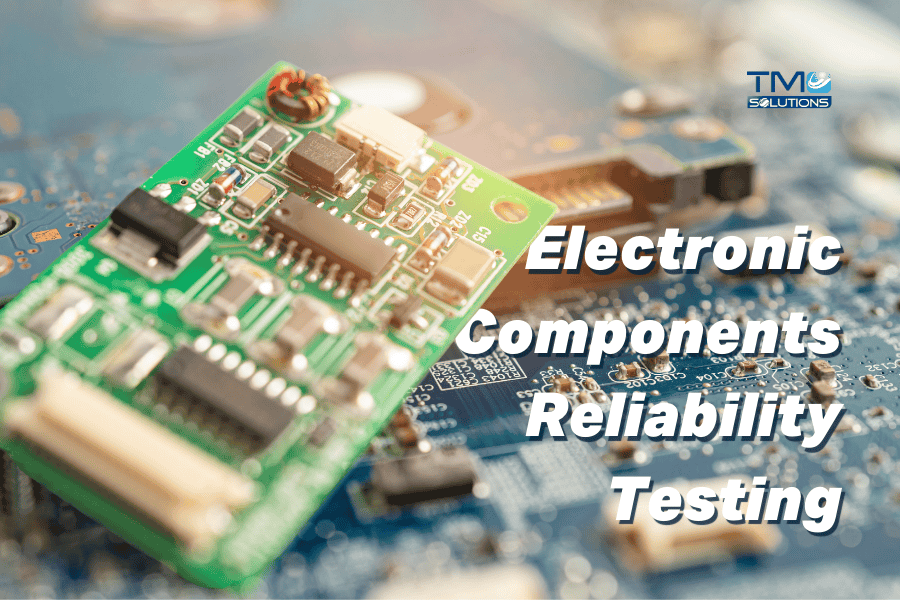Understanding Electronic Components Reliability Testing
Understanding Electronic Components Reliability Testing: A Guide for Engineers
Why Reliability Matters in Electronics
In today's high-performance industries—from aerospace and automotive to consumer electronics—component failure is not an option. As electronic systems become more compact and powerful, their components are exposed to extreme mechanical, thermal, and electrical stresses. This makes reliability testing a non-negotiable step in the design and manufacturing process.
At TMC Solutions, we understand that even the smallest component can compromise an entire system. That’s why we offer advanced reliability testing systems designed to simulate real-world operating conditions—so your products perform flawlessly when it matters most.
What Does “Reliability” Mean?
Reliability refers to the ability of a product to:
Perform within predefined performance criteria,
Operate consistently over its intended lifespan,
Function under expected lifecycle and environmental conditions.
What Is Reliability Testing for Electronic Components?
Reliability testing refers to a suite of test protocols designed to assess how electronic components behave under stress over time. These tests help answer crucial questions:
Will the component function correctly in extreme conditions?
How long will it last under continuous operation?
What is the risk of failure due to vibration, shock, temperature, or humidity?
By identifying vulnerabilities early, engineers can redesign or reinforce components before they reach production—saving time, money, and brand reputation.
Typical Causes of Product Failures
Failures seldom occur spontaneously—they often result from issues at various stages, including:
Design mistakes
Manufacturing or assembly faults
Inadequate screening or testing
Mishandled storage or packaging
Damage during transport or installation
Operational misuse or insufficient maintenance
Consequences of Failures
For Manufacturers:
Delays in launching new products
Higher warranty and liability costs
Erosion of market reputation and share
For End Users:
Risk of injury
Disruption in services or operations
Repair or replacement expenses
Additional indirect costs, such as insurance rate hikes
Uncovering the Root Cause
Getting to the bottom of why a component failed is vital. Root cause analysis aims to diagnose underlying faults—not just symptoms—so future reoccurrences can be prevented.
Root Cause Analysis Explained
This process differs from troubleshooting. While troubleshooting addresses failed parts or symptoms, root cause analysis examines:
Whether a failure occurred
The nature and mode of the failure
The mechanism and underlying cause
Corrective and preventive measures
Three-Step Root Cause Analysis Process
Data Collection
Gather detailed evidence quickly to capture failure details, such as when it occurred, how it happened, and any recurring patterns. Effective data collection focuses on relevance—avoid information overload.
Use the "5‑P's": People, Physical evidence, Position (e.g., in time or sequence), Paper (documents), Paradigms (mindsets).Cause Hypothesis
Leverage lifecycle and design risk knowledge to form theories on what went wrong. Use analytical tools like FMEA, FMECA, fault-tree analysis, fishbone (Ishikawa) diagrams, and Pareto charts to structure and prioritize potential causes.Failure Analysis Testing
Execute both nondestructive (visual, X-ray, acoustic microscopy, hermeticity, residual gas) and destructive tests (thermal analysis, cross-section, destructive physical analysis) to validate your hypotheses.
Types of Stress Simulated in Reliability Testing
TMC’s shock and vibration systems are engineered to expose components to a variety of stresses, replicating the harshest environments. Common conditions simulated include:
Mechanical Stress: Vibration, shock, and drop testing to simulate handling, transportation, and operational wear.
Thermal Stress: Repeated temperature cycling to check resistance to heat or cold fluctuations.
Humidity and Moisture: To determine corrosion risks and seal integrity.
Electrical Overload or Short Circuits: To evaluate failure thresholds.
These stresses can be applied separately or in combination, depending on the product’s intended use.
Common Testing Methods & Standards
Reliability testing isn’t guesswork—it’s based on internationally recognized standards. Some of the most widely used include:
MIL-STD-810: For military-grade environmental testing.
JEDEC Standards: For semiconductor and microelectronics.
IEC 60068: General environmental testing procedures.
ASTM and ISO: For broader mechanical and materials tests.
TMC’s equipment is designed to comply with these standards, giving you confidence in every result.
Applications Across Industries
Reliability testing is not limited to one sector. It’s essential in:
Automotive: Testing PCBs and sensors under engine-like vibrations.
Aerospace: Simulating high-G shock events in avionics.
Consumer Electronics: Evaluating durability under repeated use and drops.
Medical Devices: Verifying functionality and safety under various temperatures and handling conditions.
Each industry has specific compliance and safety benchmarks, and TMC’s systems can be tailored accordingly.
TMC’s Role: Advanced Shock Testing for Uncompromised Quality
TMC Solutions offers a range of shock test systems that are ideal for evaluating electronic components under repeatable, controlled test conditions. Our systems are engineered for:
High-precision impact control
Customizable shock pulse profiles
Compliance with international standards
Integration with DAQ systems and test automation
Whether you're testing microchips or complex circuit assemblies, TMC’s solutions ensure your product withstands the test of time.
The Bottom Line: Test Early, Test Smart
By integrating reliability testing into the early stages of design and development, manufacturers reduce warranty claims, product recalls, and reputation risks. TMC Solutions provides the right tools to accelerate your testing workflows while ensuring compliance and reliability.
🔧 Ready to elevate your component testing capabilities?
Reach out to our engineers today and let’s tailor a solution for your reliability challenges.

